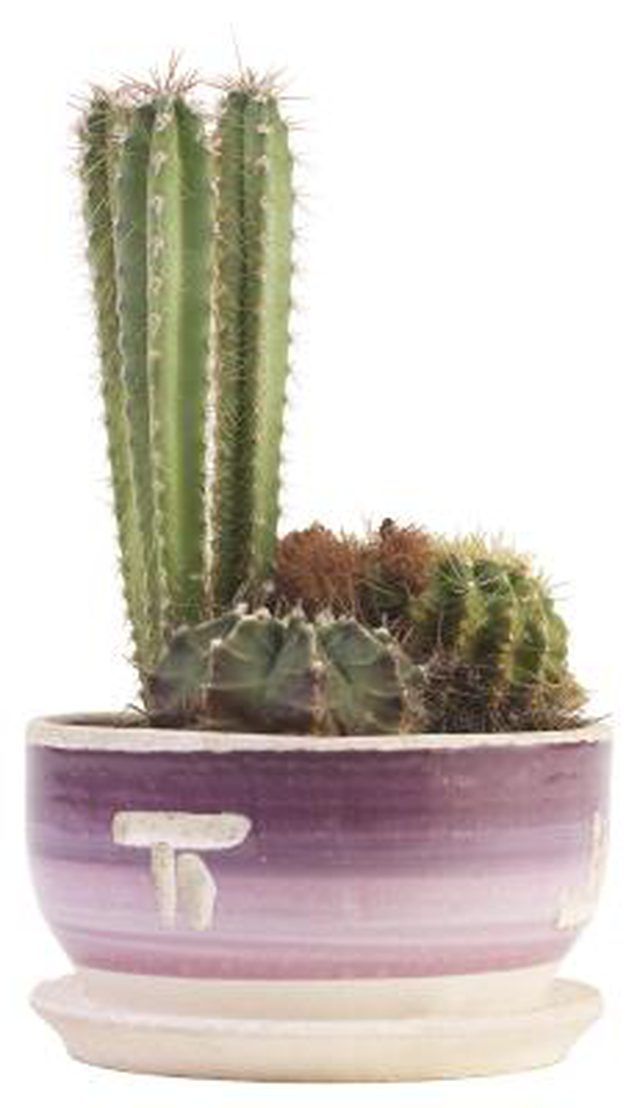Bulbs
Flower Basics
Flower Beds & Specialty Gardens
Flower Garden
Garden Furniture
Garden Gnomes
Garden Seeds
Garden Sheds
Garden Statues
Garden Tools & Supplies
Gardening Basics
Green & Organic
Groundcovers & Vines
Growing Annuals
Growing Basil
Growing Beans
Growing Berries
Growing Blueberries
Growing Cactus
Growing Corn
Growing Cotton
Growing Edibles
Growing Flowers
Growing Garlic
Growing Grapes
Growing Grass
Growing Herbs
Growing Jasmine
Growing Mint
Growing Mushrooms
Orchids
Growing Peanuts
Growing Perennials
Growing Plants
Growing Rosemary
Growing Roses
Growing Strawberries
Growing Sunflowers
Growing Thyme
Growing Tomatoes
Growing Tulips
Growing Vegetables
Herb Basics
Herb Garden
Indoor Growing
Landscaping Basics
Landscaping Patios
Landscaping Plants
Landscaping Shrubs
Landscaping Trees
Landscaping Walks & Pathways
Lawn Basics
Lawn Maintenance
Lawn Mowers
Lawn Ornaments
Lawn Planting
Lawn Tools
Outdoor Growing
Overall Landscape Planning
Pests, Weeds & Problems
Plant Basics
Rock Garden
Rose Garden
Shrubs
Soil
Specialty Gardens
Trees
Vegetable Garden
Yard Maintenance
How to Save a Frost-Bitten Cactus
How to Save a Frost-Bitten Cactus. With few exceptions, cacti are susceptible to freezing temperatures. Once exposed to frost, various parts of a cactus can begin to rot, which often is the first step toward the eventual death of the entire plant. If frost damage is caught in its early stages, steps can be taken to avoid losing the plant.

With few exceptions, cacti are susceptible to freezing temperatures. Once exposed to frost, various parts of a cactus can begin to rot, which often is the first step toward the eventual death of the entire plant. If frost damage is caught in its early stages, steps can be taken to avoid losing the plant.
Things You'll Need
Sharp knife
Household bleach
Tongs
Powdered sulphur
Inspect the plant. Damaged areas of cacti often begin turning yellow, followed by a blackened spot, after being hit with frost. Using either your fingers or a pair of tongs, physically test the plant by applying pressure to the exterior of the affected areas. Extremely soft or mushy areas are a sign that frost damage has occurred.
Wait until any danger of freezing temperatures has passed. Parts of the cactus that are already damaged can serve as a temporary protection for healthier parts until temperatures are warmer and more stable.
Clean a sharp knife with a solution of 10 percent household bleach. Make a cut in any overly soft or discolored area of the cactus and remove the frost damaged parts. Clean the knife in the bleach solution after each cut.
Sprinkle powdered sulphur on the exposed cuts. Keep the cactus out of high-moisture areas to help ward off the growth of bacteria or fungi, which are leading factors in the death of cacti. An area from which the damage has been correctly removed will begin growing a new outer skin.